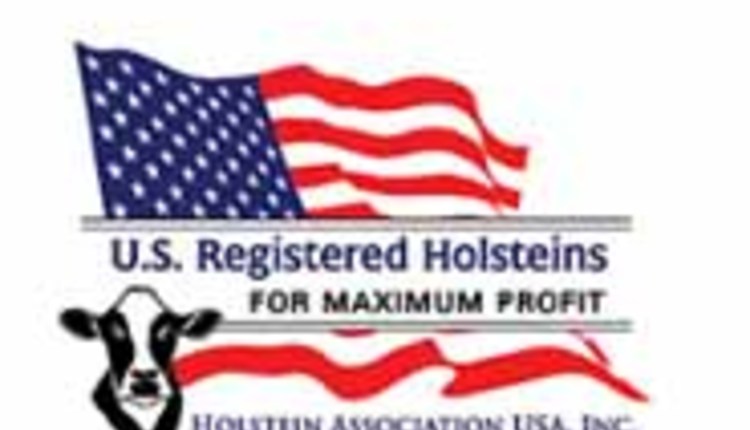The author is the dairy development manager for Vita Plus of Madison, Wis. He is a member of the board of directors with Citizens State Bank of Loyal, Wis.
As farm equipment needs replacing, comparing leasing versus conventional financing generally becomes part of the purchasing decision. Determining the best financing option is not a simple matter.
The first step in the decision process is determining what is your dairy's financial situation? A discussion with your accountant will help answer this initial question. They will know what will make the most sense regarding expense deductions, depreciation, and taxes.
Making a regular interest and principal payment may fit your situation. You will get the depreciation and interest as an expense, but the principal is not deductible on your taxes. When you use conventional financing, you own the equipment, and after the last payment is made it is all yours. In this situation, you can finance with your present lender, or machinery dealers generally will have a list of lenders where they can send a credit application to complete the purchase. You also may be offered a financing package by a major manufacturer with very low interest or even 0 percent interest. Let's be real about this type of an offer. There is "no free lunch," and the interest will be buried in the price or in the steel. Nothing wrong about this . . . car and truck makers do this all the time.
Choosing a lease
A lease is a set payment over a predetermined period of time. Sometimes a payment is due at the beginning of the lease. The payments remain the same with a residual or buyout amount when the lease has come to an end.
The lease legally will have no interest buried in the payments, but remember there is a cost of money, and that will be buried somewhere in the payments. The entire lease payment is stated as an expense on your Schedule F. Therefore, the entire payment is deductible, but you should have positive earnings to fully take advantage of the expense deduction.
The negative side of the lease is you cannot take a depreciation deduction because you do not own the equipment; you are leasing it. The leasing company actually takes depreciation on their end. You cannot list this piece of equipment on your balance sheet either. Again, you do not own it; you are leasing it.
At the end of the lease, you will have a decision to make. Do you want to buy out the remaining residual value of the lease or let it go back to the lessor? Make sure you read the fine print of the lease regarding maintenance, warranties, and hour limits in the case of equipment with engines.
Compare the options
Example A: Conventional financing, new 180 HP tractor, valued at $120,000, 4 percent interest, 48-month payments of $2,709.49 a month. Total amount paid in 48 months is $130,055.35, interest paid is $10,055.35, and principal of $120,000. You cannot just take $120,000 x 4 percent to calculate interest because you pay more interest in the beginning with a higher principal balance and less at the end with a lower principal balance.
Example B: (rounded to the nearest dollar): Lease, New 180 HP tractor, $120,000, 48 month payments, $1,263 a month, with a $64,800 residual payment at the end of the lease to buy the tractor. In 48 months you paid $1,263 each month or $60,624 and you still owe $64,800 for a total of $125,424.
The two examples show a $4,631.35 higher cost with conventional financing, but now by leasing, you may need to borrow $64,800 for the buyout if you want to buy out the lease. If you finance that amount for another 48 months at 4 percent, your payments would be $1,463.12 a month for a total of $70,229.89 (interest of $5,429.89 and principal of $64,800). Now, adding the $60,624 already paid on the lease plus the additional $70,229.89 that is financed, you paid a total of $130,853.89 for the tractor. There is now a higher cost of $798.54 for the lease with additional financing. The lease will allow you to drive newer equipment every 48 months. You and your account need to determine the affordability.
Be sure to ask questions
My goal is not to make one option look better than the other. There are many options, so make sure you ask questions and do your math.
What is the bottom line?
1. What works best for you? Ask your accountant.
2. Each lease and conventional financing package will look different. Do the math before signing.
3. Do you earn enough to take the lease payment as an expense?
4. Read the fine print on the lease.
5. Can you afford to turn equipment back in after a lease and lease again? You will be working with newer equipment. Can you afford it?
6. Can you give up the depreciation in exchange for the leasing expense? Talk to your accountant about the IRS bonus depreciation now available. Does that fit into your tax plan?
7. Do the lower lease payments work for you with a buyout at the end?
8. Are you comfortable not having this equipment on your balance sheet and not owning it?
This article appears in the March 25, 2011 issue of Hoard's Dairyman on page 227.











